6 Ways to reduce your e-waste and carbon footprint
Green gadgets
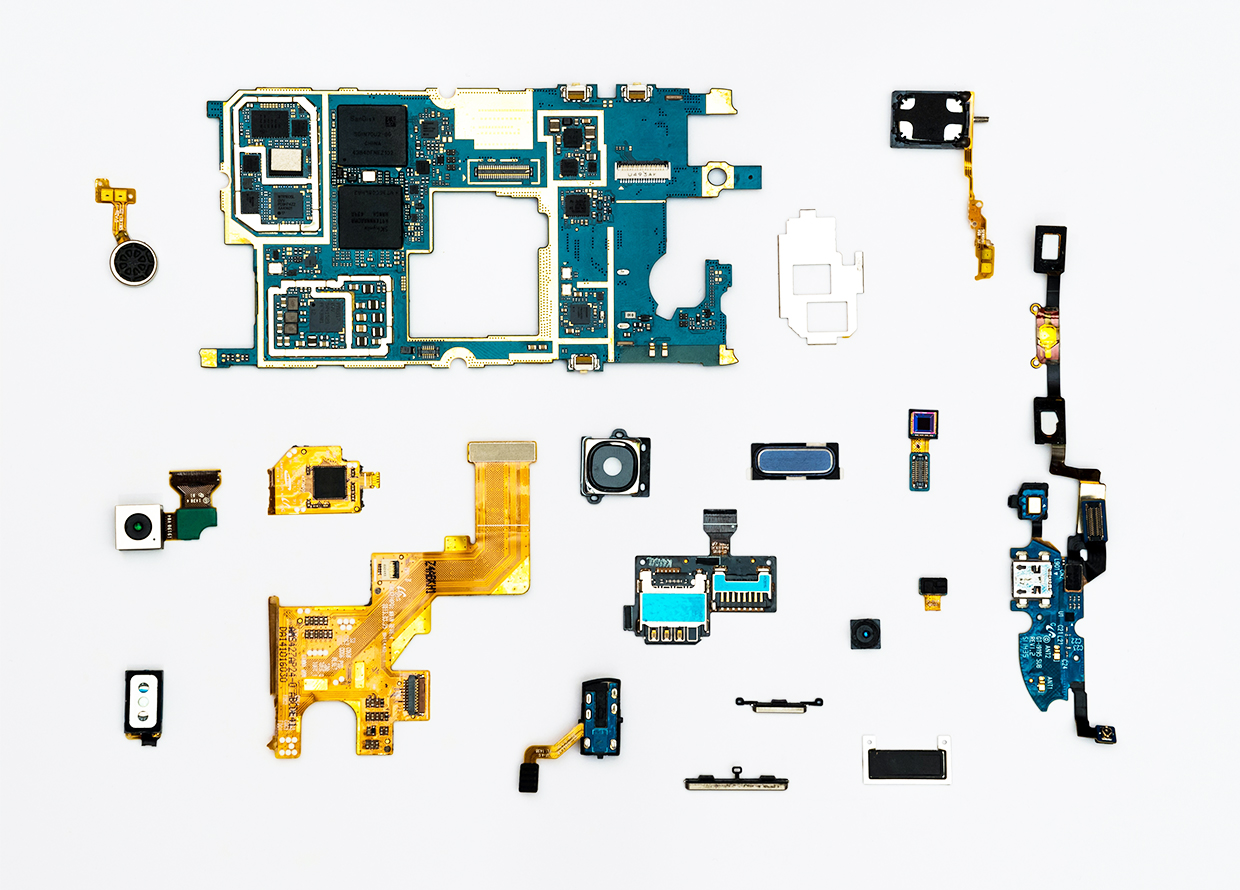
While technology has undoubtedly made our lives easier, that convenience doesn’t come without a cost. Indeed, due to our actions and inventions, the Anthropocene (known as the age of humans) has not been kind to our environment and has caused huge changes to our planet which include global warming, pollution, loss of habitats, and more.
What is e-waste and why is it so damaging to the environment?

If you’re wondering what your phone or laptop has to do with this, it matters more than you think. E-waste, known as electronic waste, refers to broken, non-working or obsolete electronic appliances such as TV, PC, air conditioner, refrigerators, and the like. As technology continues to advance at an exponential speed, electronic products are constantly being replaced and tossed out with newer and shinier models, causing e-waste to increase as well.
This leads to miles and miles of huge landfills full of discarded electronic gadgets that will take decades to break down, polluting the environment in the process. Think about how many times you’ve changed phones in your life so far and imagine a few billion people around the world doing the same thing. In fact, the World Economic Forum calculated that approximately 57.4 million tonnes of e-waste would be discarded in 2021 alone. That number is predicted to double by 2030. To put that into perspective, that’s heavier than the Great Wall of China.
Further, most of the huge landfills of e-waste are sent to third-world and developing countries (such as our very own home country) to be processed and discarded. Oftentimes, the working conditions and regulations in these environments are severely lacking as workers often labour long hours with little to no protective equipment. Therefore, not only is electronic waste harmful to our planet, but it is also dangerous for those handling it as well.
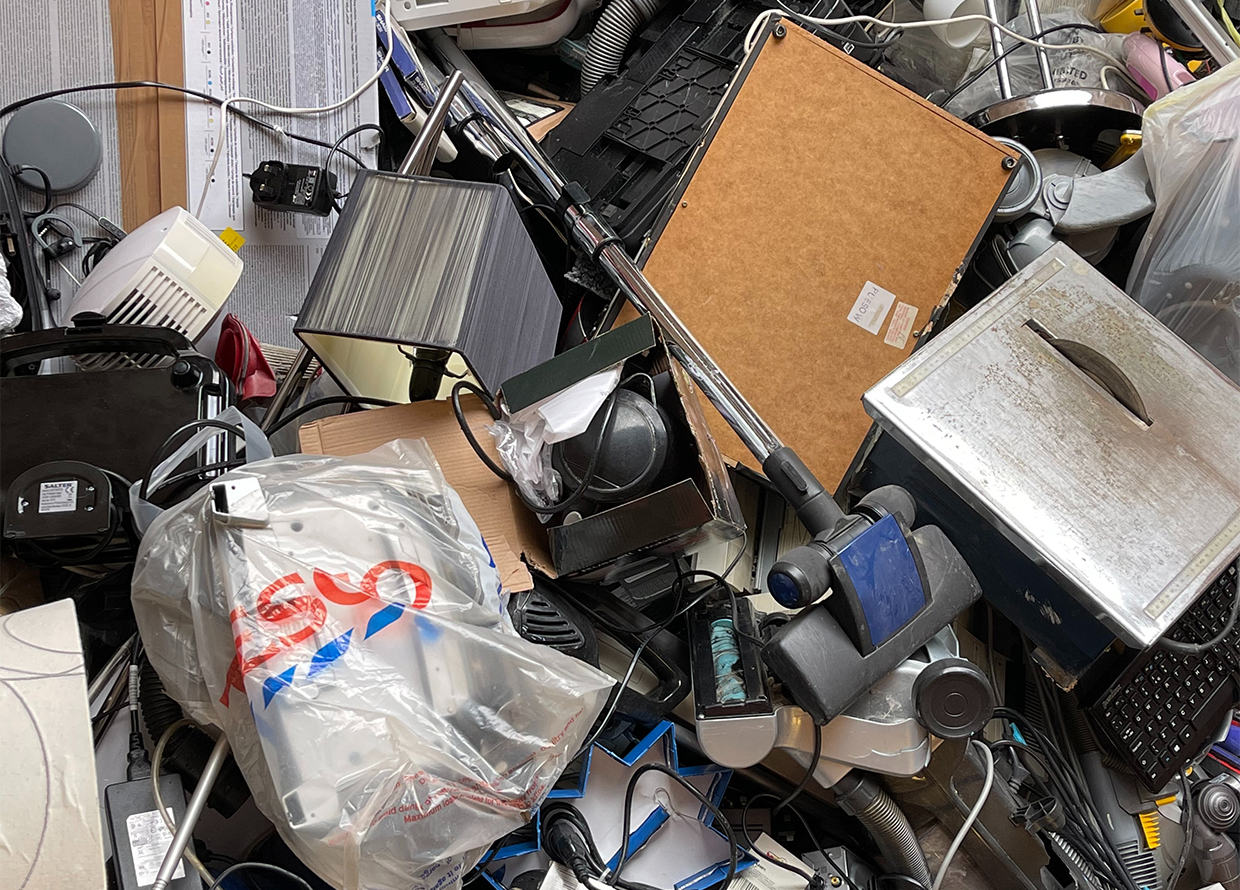
Recycling and repairing your electronic gadgets may not sound as impactful as recycling plastic or glass or going against large oil companies causing severe damage to the ecosystem, but a little goes a long way. In the fight for environmental change, every action counts. Ahead, here are some green tips you can adopt to reduce e-waste, reduce your carbon footprint and increase the sustainability of your gadgets.
1. Only upgrade when you need to
Before recycling, repairing and reusing, you can consider reducing the frequency of your gadget upgrades. In this tech-driven age whereby companies are coming out with new products every other month and a two-year-old model is considered ‘old’, it can be easy to think you need to upgrade your phone or other devices regularly.
However, the advancement in technology can also mean that products last so much longer and are more efficient than ever before. Meaning, upgrades don’t have to happen as frequently. Try to redefine your meaning of ‘need’ versus ‘want’ so you can better gauge if that device upgrade is necessary. Remember, it’s important to keep them out of the landfill so the fewer gadgets you purchase, the better!
2. Repair where possible
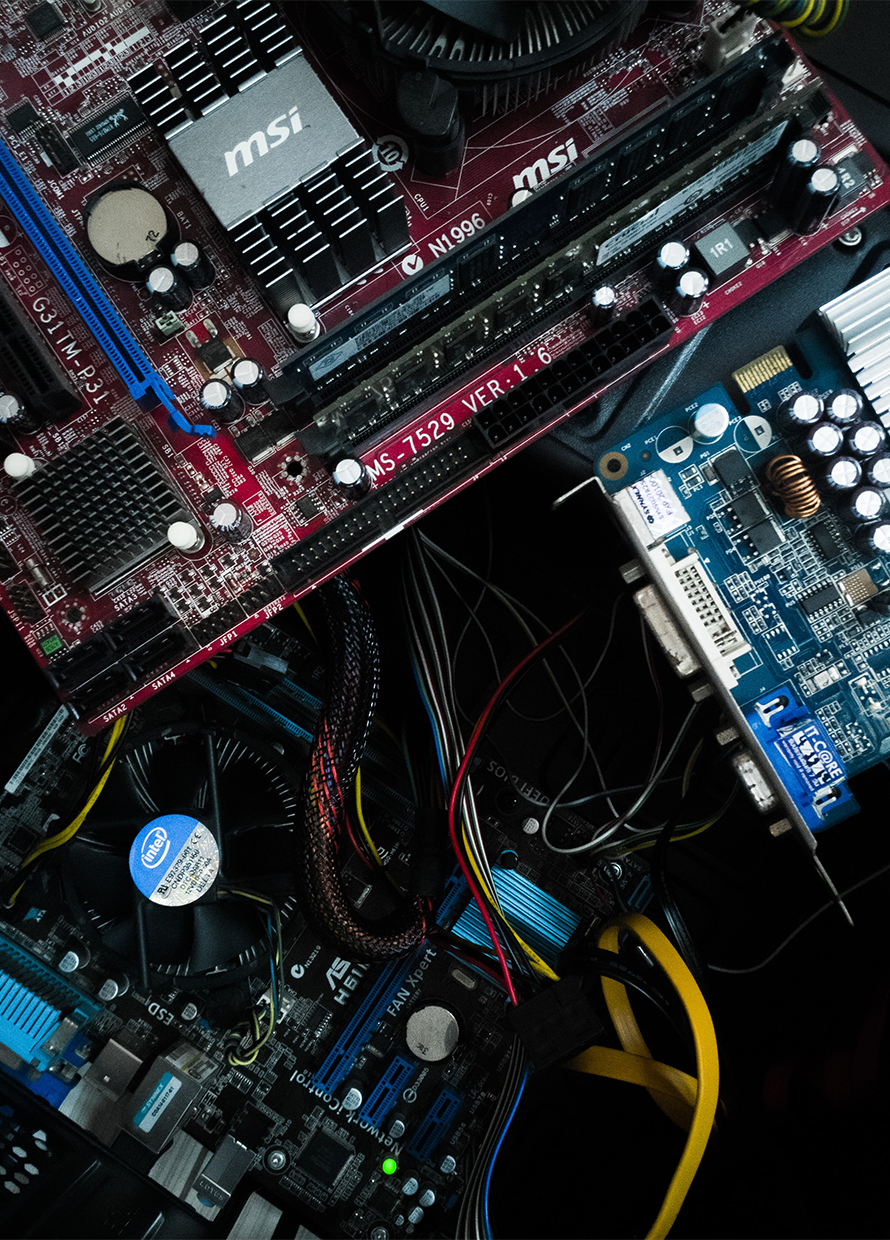
Don’t give up on your devices the minute it becomes less than wholly functional. There are plenty of repair companies that can fix your device (and even do it for free if it’s still under warranty—most people forget about this!). Those minor repairs can easily give your devices an extra year or two of usage. Not only is this more cost-efficient, but it also prevents useable devices from ending up in landfills.
3. Give your gadgets a second home
If those repairs are not enough for you to keep the phone for longer (and you’ve weighed your decision on the ‘need’ and ‘want’ scale thoroughly), then consider giving your devices to someone else who will also appreciate and gladly use it. If family or friends don’t have a need for it, there are surely many charities and NGOs out there who will accept your old mobile phones or gadgets.
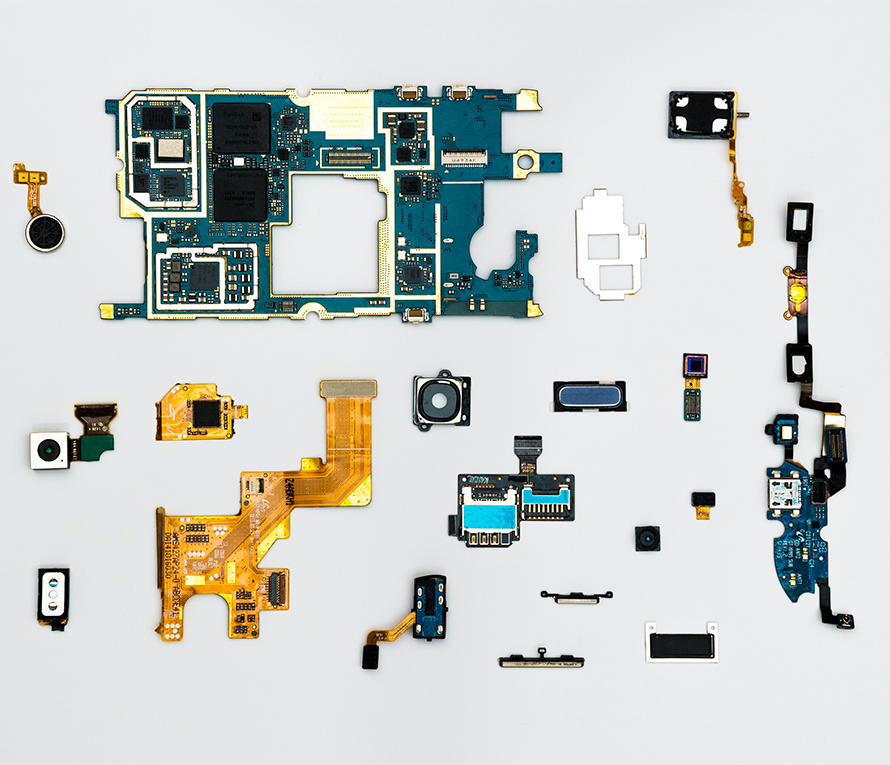
4. Think of other ways you can reuse your gadgets
Alternatively, you can also consider reusing the device for less performance-heavy tasks. For example, you can keep that older phone as a work-only phone to answer calls or reply to emails. It is also possible to turn that phone into a remote for your TV or air-conditioner using third-party apps or even a device to store all your music like an iPod. Meanwhile, your new phone can be for personal tasks and entertainment. Work-life balance, score! Plus, with the Y2K trend coming back in full swing, many of your early 2000s gadgets are in much higher demand as fashion accessories or display items.
5. Return your items to the manufacturer
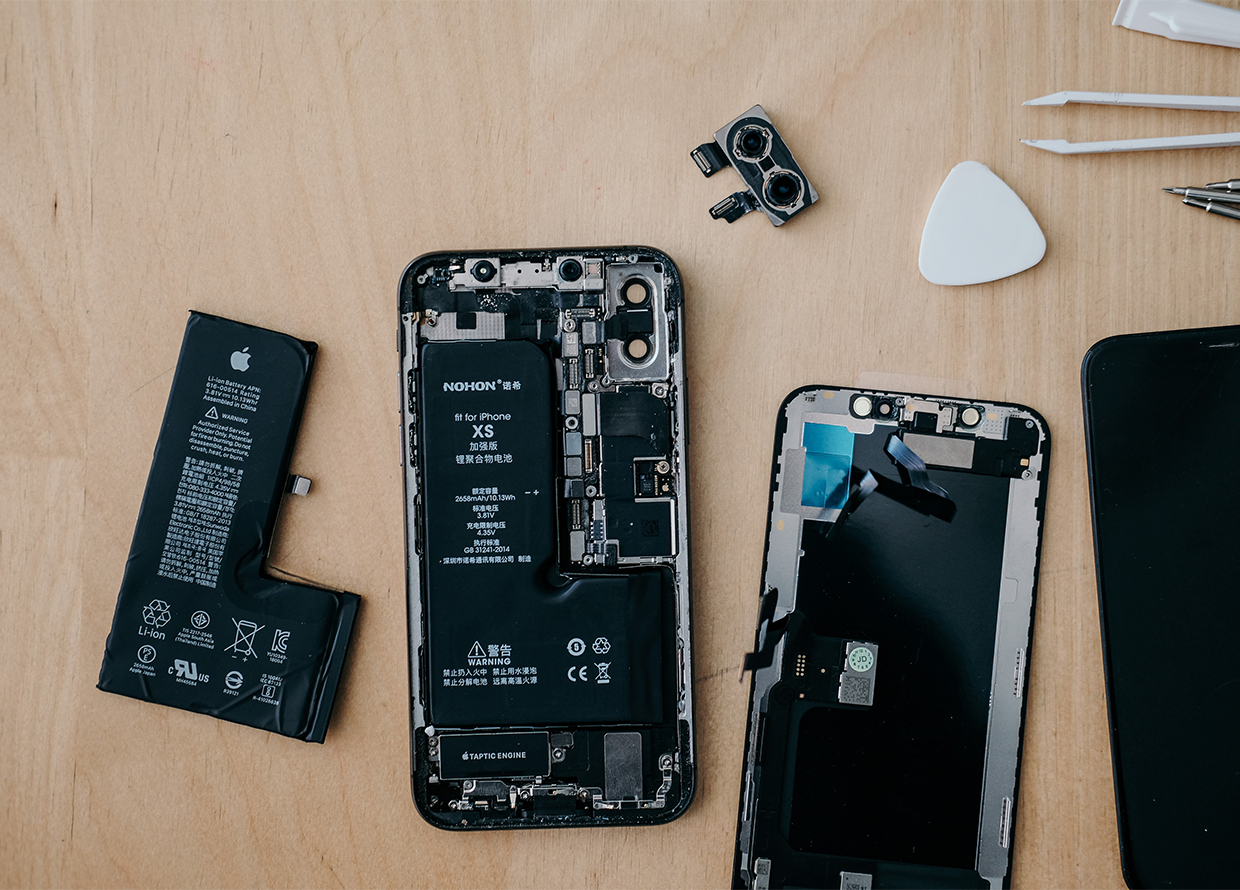
If your electronic gadget is not repairable, try to return them back to the manufacturer as they might have policies for returned goods that benefit both the company and the consumer. For example, Samsung has take-back programs in countries that encourage a closed-loop recycling system for waste resources. There is even a trade-in program where users can return old devices in exchange for discounts, rewards, and more. Meanwhile, Apple also offers similar trade-in programs and allows recycling for free via shipment where materials will be extracted to be used in other gadgets. Always research to see what companies offer before simply discarding your devices.
6. Be open to buying refurbished devices
There are many nifty companies out there that take parts from old devices to make new ones that work just as well. Not only can you get these products at half the price for the same level of performance, but this also once again stops these old gadgets from ending up in a landfill.
For more ideas on how to be sustainable, click here.
| SHARE THE STORY | |
| Explore More |



